PCBX.com Resources
Your source for industry knowledge, news, and expert insights

Latest Posts
Article
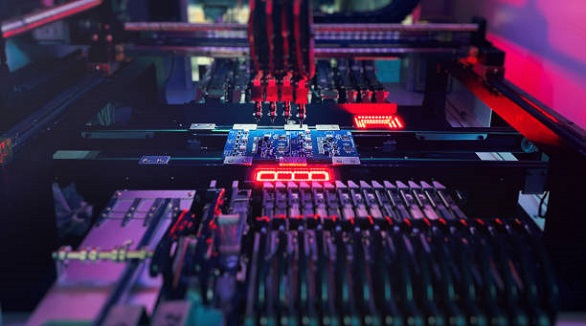
Efficient PCB assembly, using advanced machines and tech, optimizes production speed, cost, and quality, crucial for electronics from phones to aerospace.
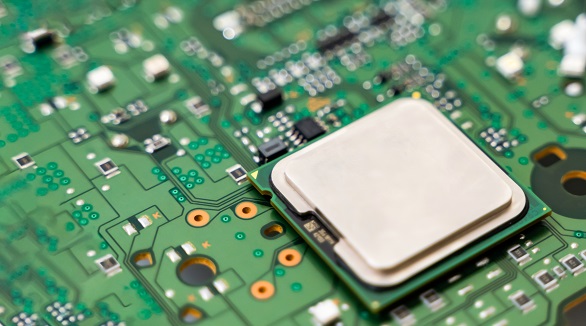
EMI protection in PCB manufacturing ensures device reliability and compliance by using shielding, design optimization, and filtering to mitigate electromagnetic interference.
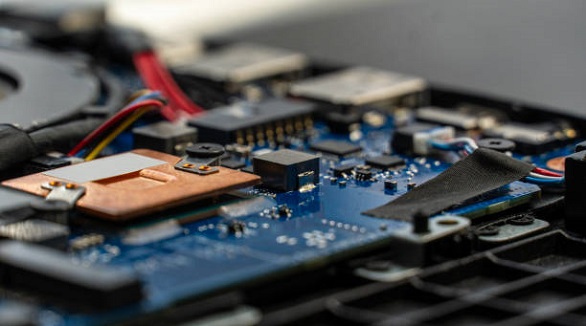
Cable assemblies are essential components that ensure reliable power and data transmission across diverse industries by integrating multiple cables into custom-engineered solutions.
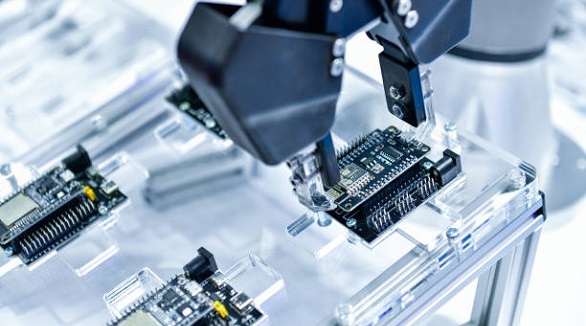
Automated PCB manufacturing enhances precision, reduces costs, and accelerates production, enabling efficient, high-quality mass production and customization, vital for industry advancement.
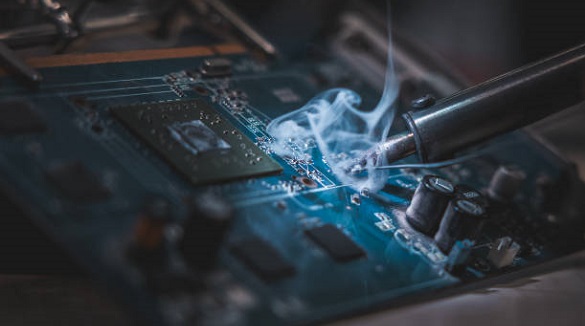
Wave soldering, crucial for assembling PCBs with through-hole components, remains vital for producing strong joints efficiently, despite SMT advances, by optimizing key parameters.
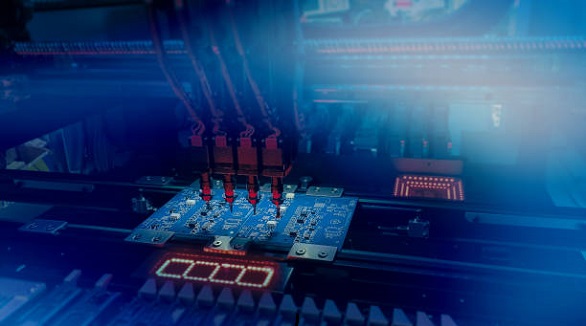
Effective ESD control in SMT assembly is achieved through proper grounding, use of antistatic materials, and routine testing to prevent damage to sensitive electronics.
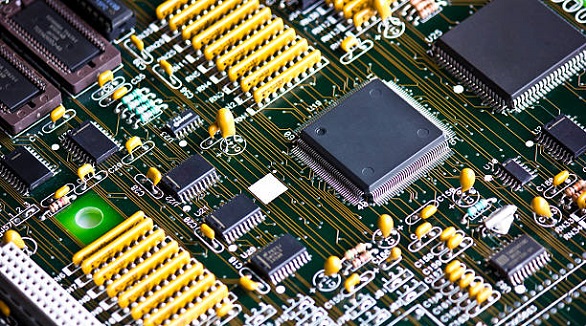
Mixed-technology PCB assembly integrates SMT, THT, and BGA to create compact, efficient electronic devices, meeting the growing demands for high-performance solutions.
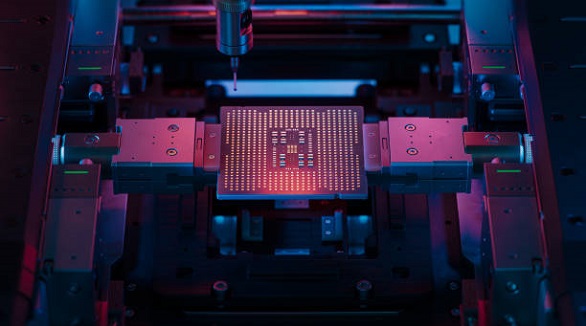
BGAs are vital for compact, high-functionality devices, but demand meticulous routing to overcome design challenges in reliability, manufacturability, and signal integrity.